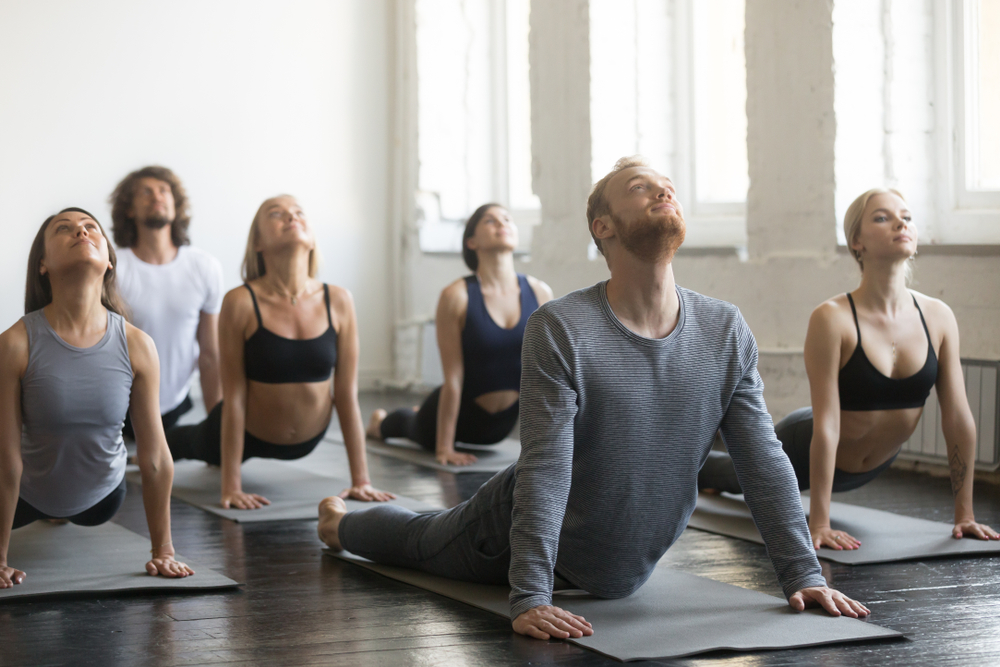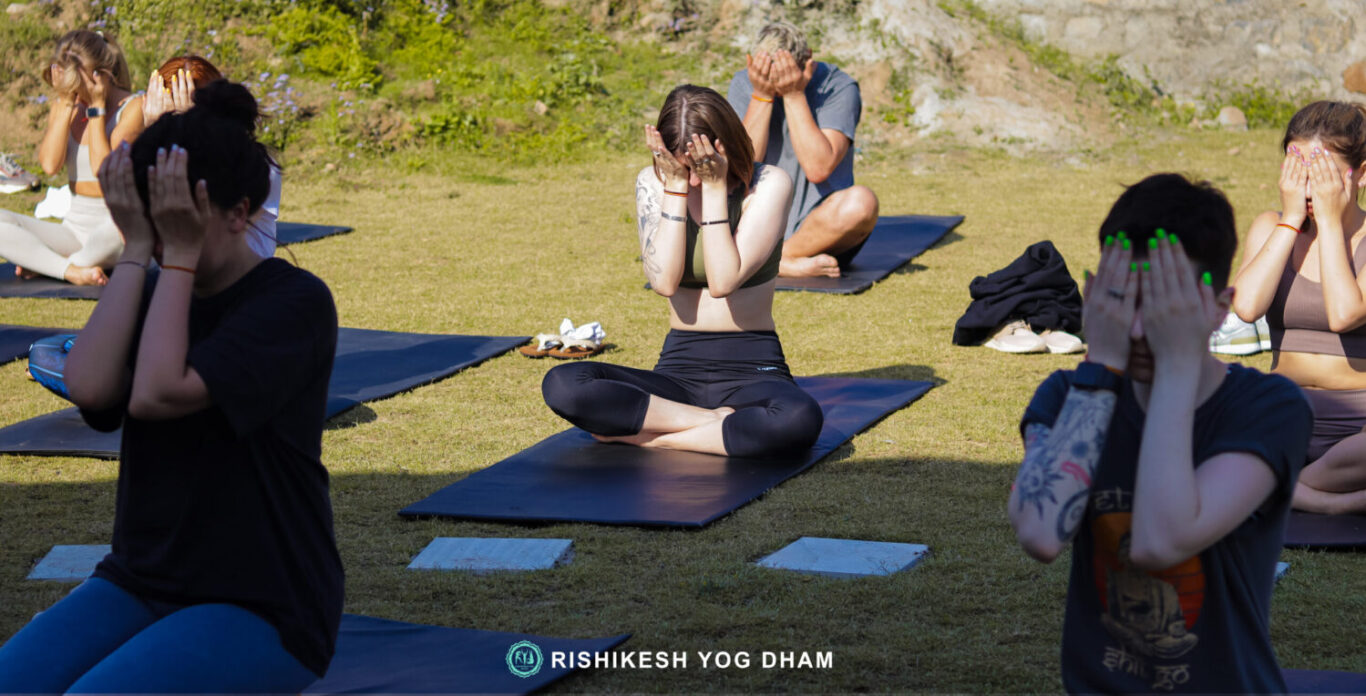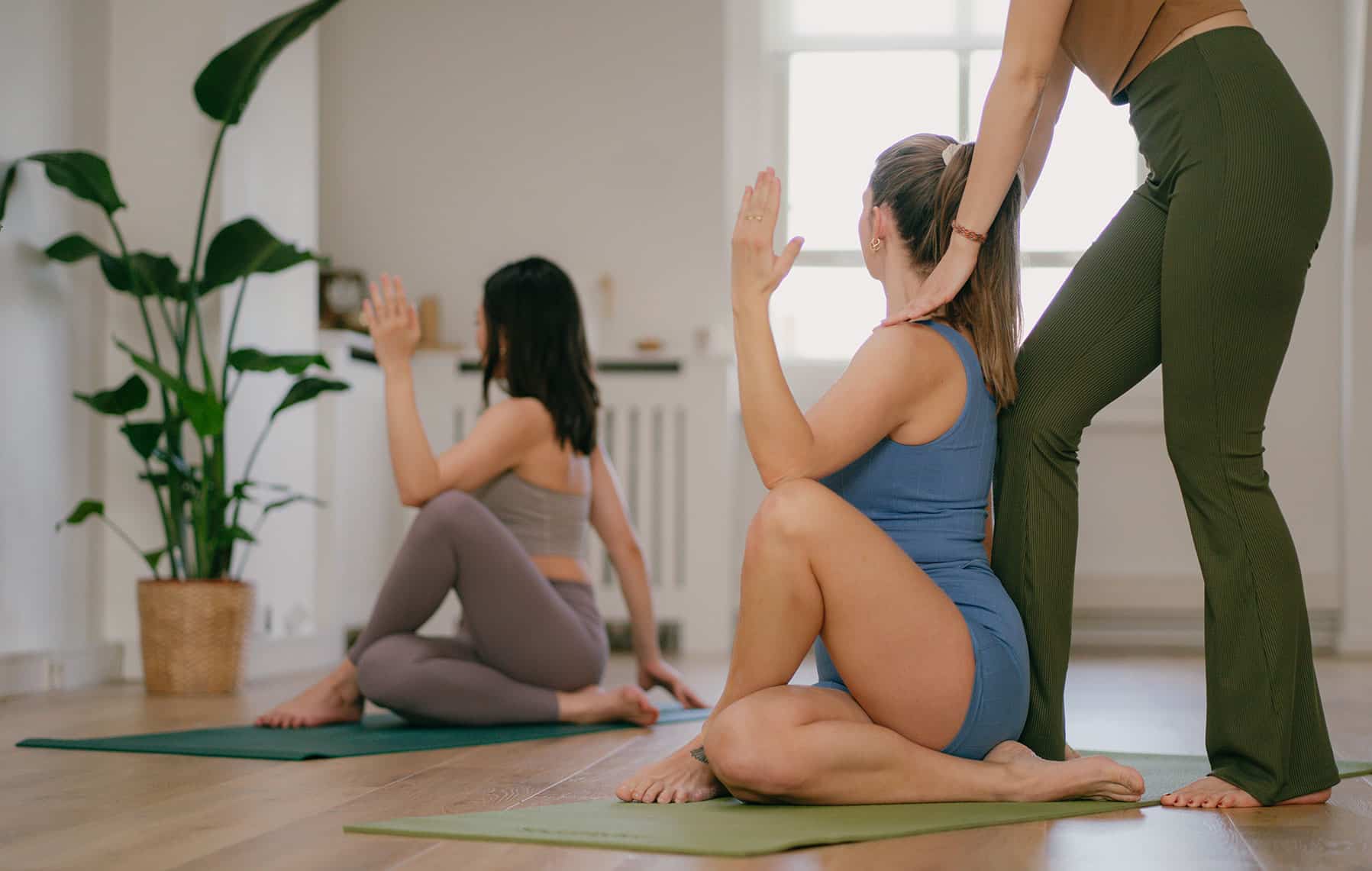This is a fascinating question that we have all asked ourselves at some point, most likely at the beginning of our Yoga Journey. For many, it may have been before, during, or after their very first yoga class, and for some, they may still be asking the same question years later. For me personally, it was a question that arose after my very first yoga class.
My First Yoga Class: A Confusing Experience
It was about ten years ago, but I remember it like yesterday. Why? Because I came out of the class thinking, ‘What the hell was that?’
The class I attended was on a Saturday morning at my local gym, which I frequented often. I had decided to try a yoga class as I had heard so much about it and how good it is for you—supposedly so many health benefits for not only the body but also the mind. However, I felt nothing that I thought I should have! My exact thoughts were: ‘Just a bit of stretching, actually quite boring. Glad that is over; now I can do a spin class.’
Despite this, I continued to attend this early Saturday morning class. I didn’t know why exactly, but perhaps on a subconscious level, I was benefiting from it without realizing it.

Discovering the Deeper Aspects of Yoga
Years later, when I took up Bikram Yoga, I began to realize the real benefits of yoga. Practiced in a hot room with high humidity, it is extremely challenging for both the mind and body. Concentrating on the breath is vital; without this concentration, you cannot get through the class, leaving no room for the mind to wander.
The 90-minute class forced me to completely escape from the outside world and allowed me the time to be completely present. I felt like I was in a bubble of complete bliss. This newfound blissfulness rapidly turned into a regular practice. I would practice at least five days per week, sometimes even seven. It became something I looked forward to on a daily basis. If time was scarce, I would even take a class on my lunch break. This was when I began to truly understand what Yoga Journey was about.
Understanding Yoga: Beyond the Physical Practice
The word Yoga is derived from the Sanskrit word ‘yuj’, which means to unite. Therefore, the meaning of yoga is union—uniting and identifying with everything around you at the present moment, rising above the gross states of the mind, and penetrating deeper into the essence of reality.
You might ask, how does this definition correspond to boring yoga classes at the back of a gym and challenging Bikram Yoga Journey.
Yoga asana (asana meaning posture) is just one of the eight limbs of Yoga Journey. Conscious movement of the body through asana, coordinated with the breath, allows us to sustain a meditative state throughout our practice. This harmonization expels daily gross thoughts and allows us to become more aware of the subtleties of the mind, bringing us to a higher state of consciousness.
At the time, I was unaware of exactly what this feeling was, but it was ecstatic—and I thrived on it. It wasn’t until I started studying Yoga Journey that I could truly put the definition and experience together. As my understanding grew deeper and my practice grew stronger, I could experience this state through self-practice Yoga Journey. I no longer needed the intensity of high temperatures and humidity to force the harmonization of mind and body.
This deeper understanding of a higher state of awareness soon turned into a passion—and it is how I became a teacher.
Ashram Life: A Step Further into Yogic Living
Ashram life can only be described as basic, to say the least. We have everything we need here, but luxuries are few and far between. We are fortunate enough to have access to hot water, which we consider a luxury. Many ashrams in India are not equipped with hot water facilities.
Our daily routine begins at 5 AM, followed by meditation, asana practice, silent walking, shat kriya, Yoga Nidra, philosophy, anatomy, and chanting. Meal times are at 9:30 AM and 6 PM, and lights out is at 9 PM. This regimented schedule remains the same throughout our stay in the ashram.
Thursdays are our rest days. Some choose to stay in the ashram, while others immerse themselves in the chaos of Indian streets and markets. There is a small boutique in the ashram containing essential daily items, but I prefer to venture out and fully immerse myself in the chaos—an experience that never ceases to amaze me!
The food here consists of traditional Indian vegetarian meals: rice, daal, vegetables, chapatis, and salads made with cucumber, beetroot, tomatoes, and radishes. Occasionally, a sweet or salty milk-based rialta is served—Chef’s Special! Our cook, Manojji, takes great pride in his food and loves nothing more than empty pots, which he considers the highest praise.
Despite the basic accommodation and regimented lifestyle, we are surrounded by tranquil and serene settings, bringing us closer to nature and allowing for deeper self-reflection. With only the sound of birds chirping, trees rustling, and occasional bursts of thunder higher up in the mountains, it is the perfect atmosphere for letting go of tensions and fully immersing into a yogic lifestyle.
Returning to Australia: Teaching Yoga on the Sunshine Coast
In December 2014, after spending a year in India, I found myself washed up on the breathtaking Sunshine Coast, Queensland. I was about to embark on a journey that had been in planning for over six months.
I arrived with a mound of luggage—a true reflection of my life over the past year: baggy trousers, spices, lentils, dried fruits, incense, singing bowls, essential oils, mats, belts, and books—lots and lots of books! How I managed to get through Chennai International Airport and Australian Customs with all that, I’ll never know. Perhaps I was being looked after by the universe.
After arriving, my first stop was Noosa Shire Council to finalize my permit application. Within a few days, it was approved—flawless!

However, once the holiday season ended, anxiety started creeping in. Thoughts like: ‘Nobody knows me. How will people know I am here? Will Aussies like my classes?’ These are all feelings we experience when starting new ventures. And yes, meditation and breathing techniques help, but anxieties don’t simply disappear.
So after meditating and breathing, I decided to JUST DO IT. I distributed flyers at hotels, shops, cafes, and bars—and waited. Slowly, inquiries started coming in, and I began building a student base. It took time and was certainly challenging, but it was worth it.
What I realized is that teaching from the heart, with compassion and respect, is the key. The energy exchanged between teacher and student is the greatest gift.
Read More : (Benefits of Yoga) More and more yoga teachers have serious hip joint problems! ? Is yoga good?
A Never-Ending Yoga Journey
As Easter came to an end, I prepared for another return trip to India—to coordinate a Yoga Teacher Training Course. I would be away for approximately six weeks, immersing myself back into ashram life, guiding students through a journey of self-discovery.
You are welcome to follow my Yoga Journey through this blog, where I will continue sharing yogic teachings and personal experiences. Feel free to ask questions and share thoughts!Finally, I love being back in India—the motherland—which will always hold a place in my heart. But in the same breath, I cannot wait to return to the Sunshine Coast and continue this never-ending path of Yoga Journey.


